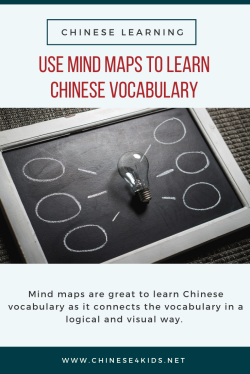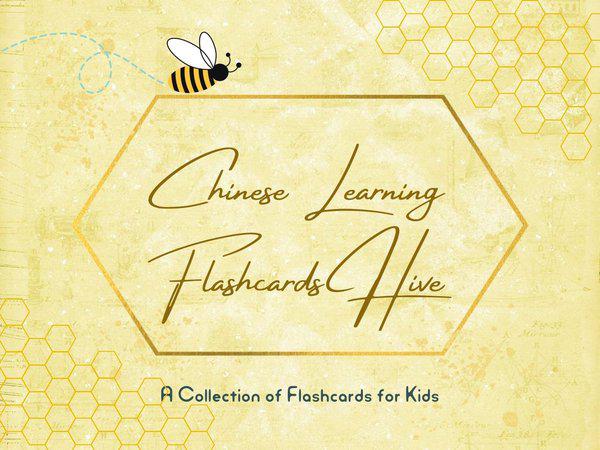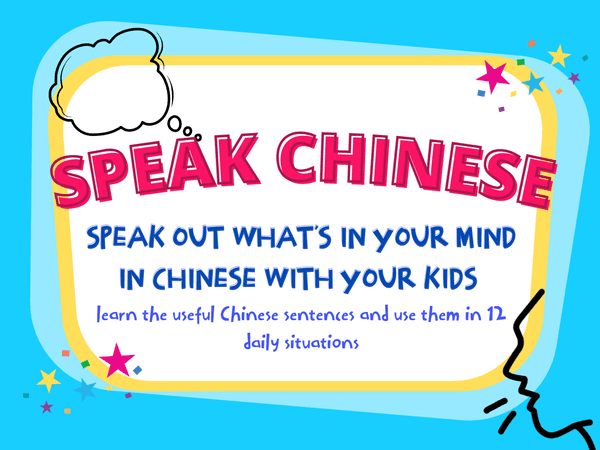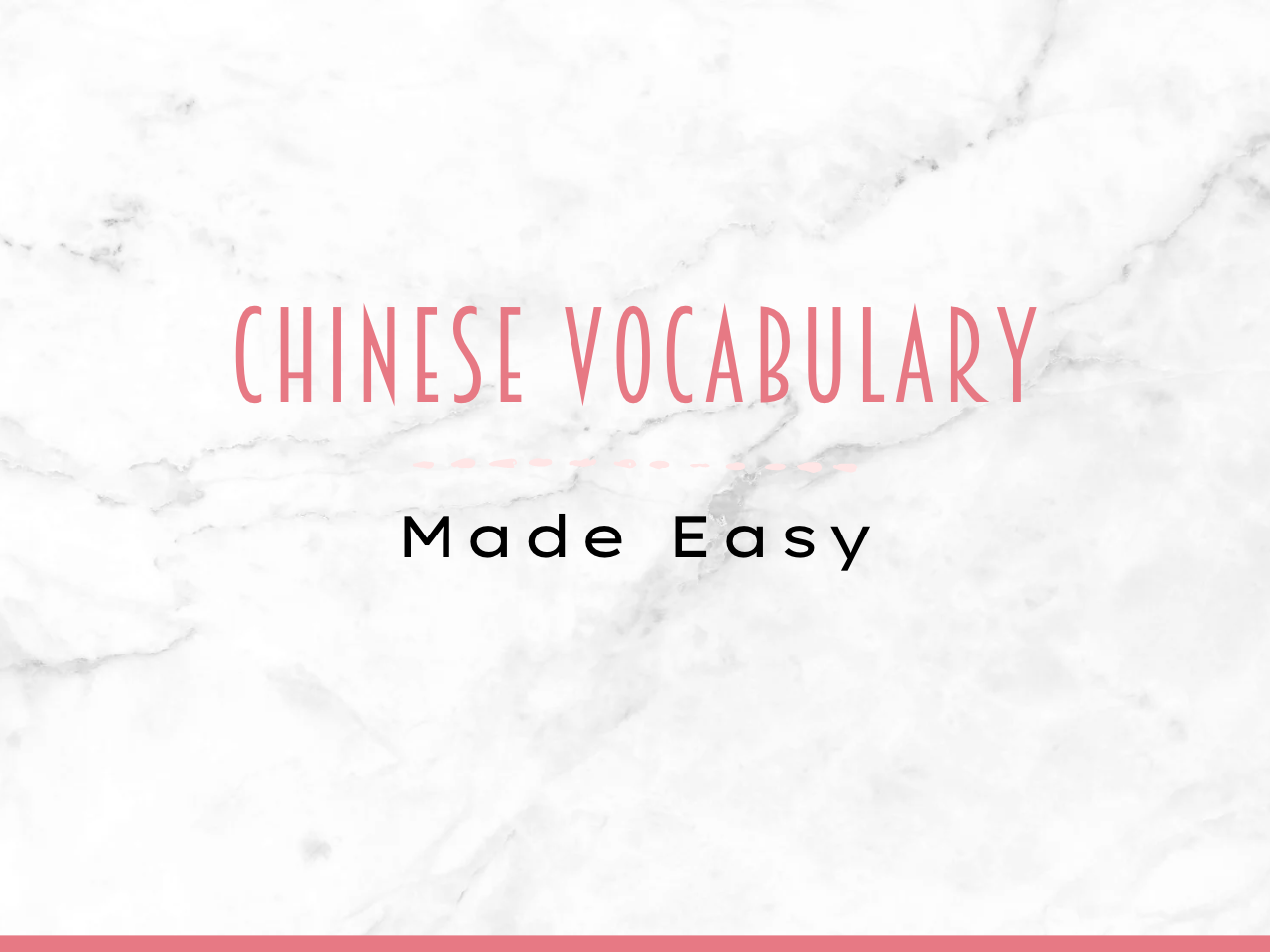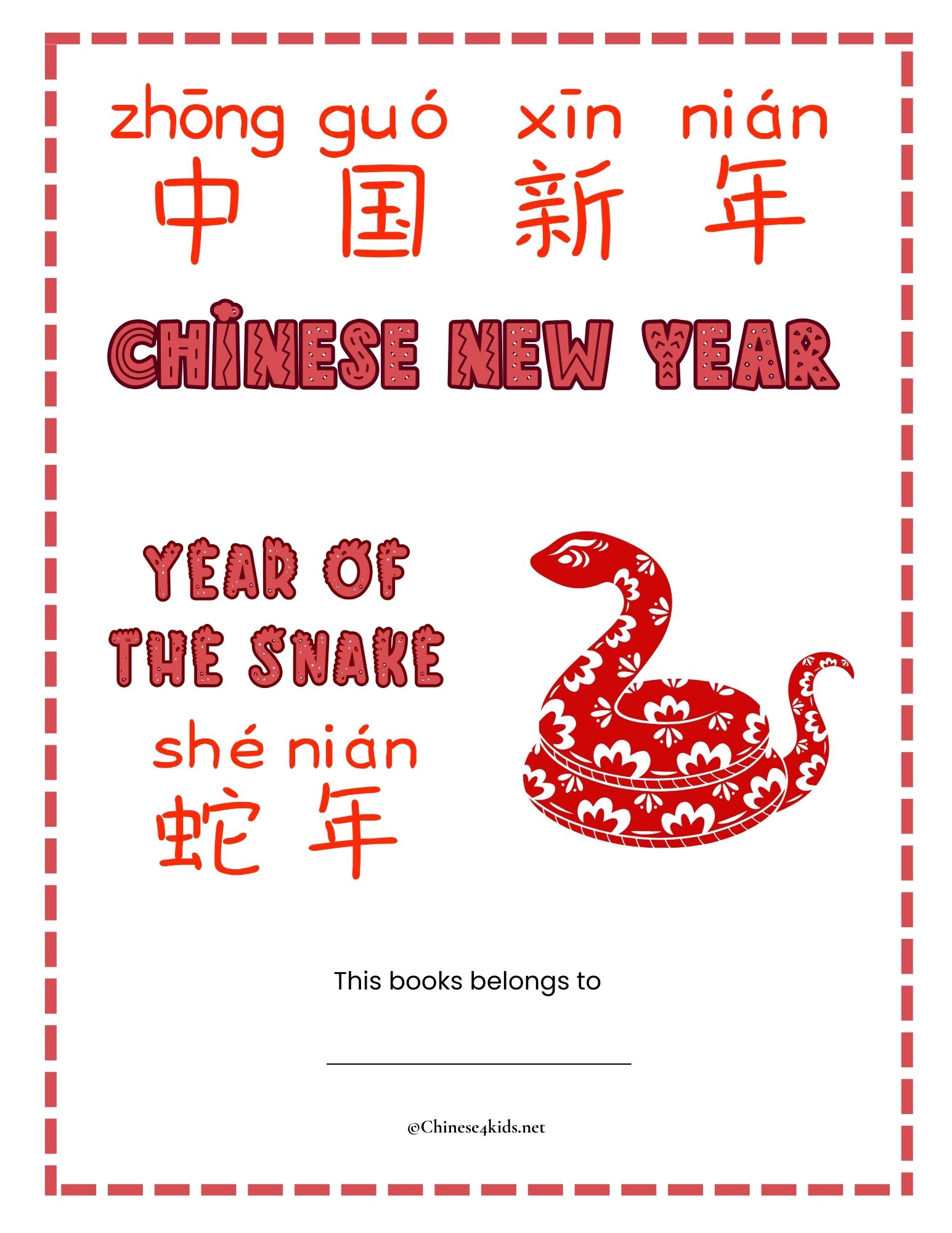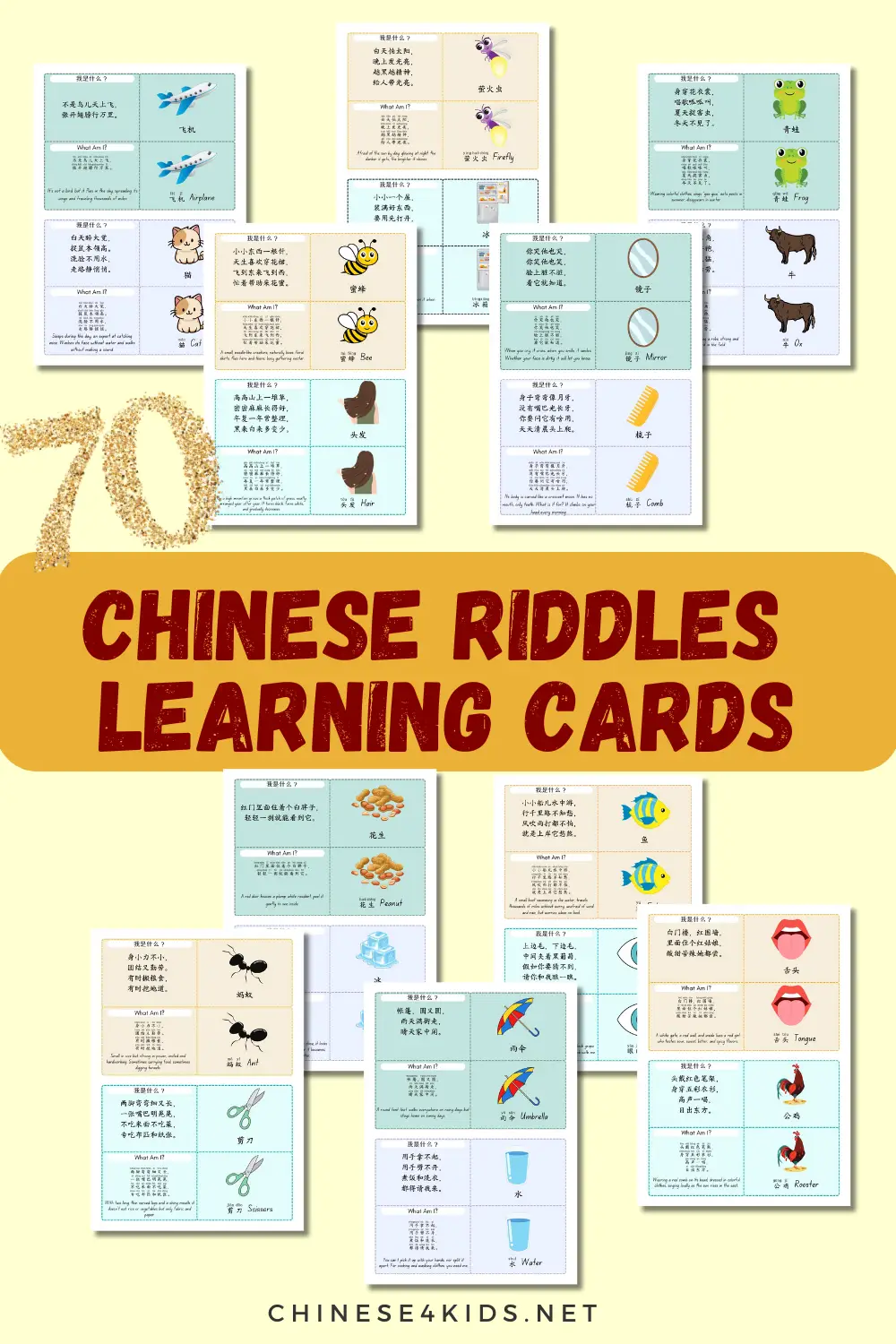
Home » Basic Chinese Vocabulary » Use Mind maps to Learn Chinese Vocabulary
Use Mind maps to Learn Chinese Vocabulary

There are several ways of learning Chinese vocabulary. We can use visual aids, demonstration or explanation and other methods. Mind maps, or spider grams, as visual forms of note taking, are very effective in learning Chinese vocabulary. Using mind maps to learn Chinese has been proven to be very effective.
What Are Mind Maps
Usually a mind map starts in the middle of a page with a central idea and expanded outwards in all directions. The expanded branches should contain related thoughts and ideas making it easier to organize the information. Mind maps are great for learning Chinese vocabulary. The individual but relevant words are linked together in a visual way, which helps the brain to see the connection and therefore remembers better and more quickly.
For example, the mind map below shows the central idea “秋天“(Autumn) in the middle with the branches containing relevant vocabulary to Autumn such as 树叶,南瓜,万圣节,玉米,葡萄,野餐,板栗. As you can see, you can use images to represent each word, which makes memorizing them even easier.

How to Create a Mind Map
To create a vocabulary mind map, we need to have a theme. Then we can group vocabulary by the theme. Let’s say, we are going to create a “Month” mind map. We can ask some questions such as
- How many months are there in a year and how about their names?
- What are the seasons in a year?
- Which months belong to each season?
We can then come up with a mind map like this one:

The list can be expanded further with question such as
- What are the major festivals in each month?
- What are the typical activities in each month?
- And so on
This mind map can become a really comprehensive vocabulary map with all relevant words. The process of creating the mind map itself is a great learning.
How to Use Mind Maps to Learn Chinese Vocabulary
For Chinese vocabulary learning, mind maps can be used, but not limited, in the following ways:
-
Vocabulary of the same theme
Vocabulary of the same theme can be organized together into categories. Take “情感(emotion)” for example,
The different emotions are linked together. The images help explaining their meanings and establishing the link between the words and their meanings.
[Tweet “Mind maps, as visual forms of note taking, are a great tool for Chinese vocabulary learning. They link individual words into a map of connected, relevant vocabulary which help memorization all of them more easily. @Chinese4kids”]
-
Phrasal Verbs
Verbs can be learned via mind maps too. For example,
-
Expressions
Expressions can be groups by different scenario.For example,
-
Synonyms / Antonyms
For example, below is a mind maps with the synonym words to 看
There is another example of the antonyms to position words.
If you like the article, Pin It!

Related Resources:
Top 100 Commonly Used Chinese Characters
You May Also Be Interested:
- Chinese4kids Membership – a portal for busy Chinese teachers and parents
- Chinese learning flashcards Hive – a flashcards library that with regular additions of new quality Chinese learning flashcards
- Chinese learning worksheets collection – Also a part of Chinese4kids membership, this collection is for teachers and parents who want to have access to engaging worksheets and activity sheets created for kids learning Mandarin Chinese as an additional language
- Speak Chinese with Kids Course
You May Also Be Interested:
- Chinese4kids Membership – a portal for busy Chinese teachers and parents
- Chinese learning flashcards Hive – a flashcards library that with regular additions of new quality Chinese learning flashcards
- Chinese learning worksheets collection – Also a part of Chinese4kids membership, this collection is for teachers and parents who want to have access to engaging worksheets and activity sheets created for kids learning Mandarin Chinese as an additional language
- Speak Chinese with Kids Course
- Chinese Vocabulary Made Easy Course
Recent Posts
Join Our Membership
Enroll to A Course
Buy An eBOOK
Our Posts
